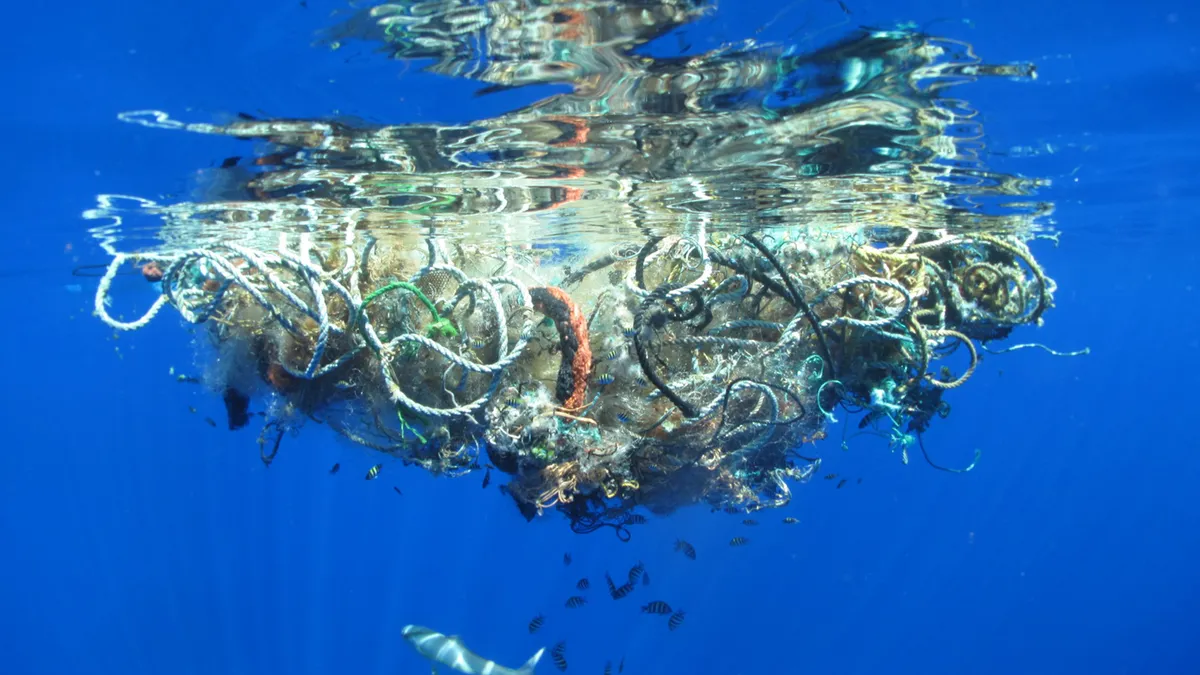Dive Brief:
- A new study, published in Geophysical Research Letters in April, gives some hope that it may be easier to collect plastic waste from the Pacific Ocean gyre than expected.
- Lead author Christophe Maes, an oceanographer at the Research Institute for Development in France, found that the convergence zones or gyres which trap this waste can actually be broken up by turbulence. That allows the material to escape and drift away, possibly even back to shore, for easier collection.
- Five major zones have been identified as holding this waste in the North and South Pacific, the North and South Atlantic, and the Indian Ocean. While the research only focused on the Pacific it is likely relevant to other areas too.
Dive Insight:
While the plastics industry, government officials and fashion designers have all taken an interest in solving the problem it's nearly impossible to do with current technology.
Yet if this research bears out, that could change. If the material is dislodged from the gyres that will provide opportunities for collection technologies and services. One called the Ocean Cleanup plans to build a 100 kilometer string of floating barriers to collect the waste and estimates it could get 42% of the Pacific gyre in 10 years. Another option is to wait for the debris to wash ashore and collect it.
Solving the problem of which countries are responsible for the clean-up will be challenging, as many have played a role in creating this situation, but finding a clear solution would be a start. Companies such as Coca-Cola, W Hotels and Adidas have already expressed interest in creating new products from the material. All they need is help to collect it.















